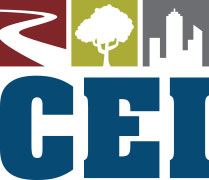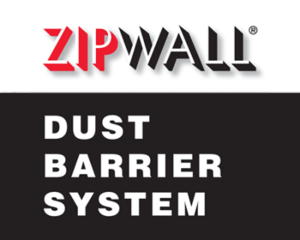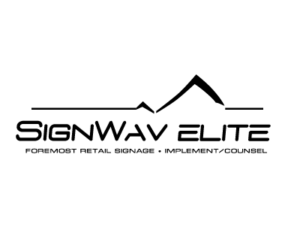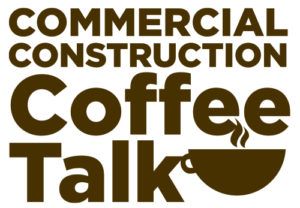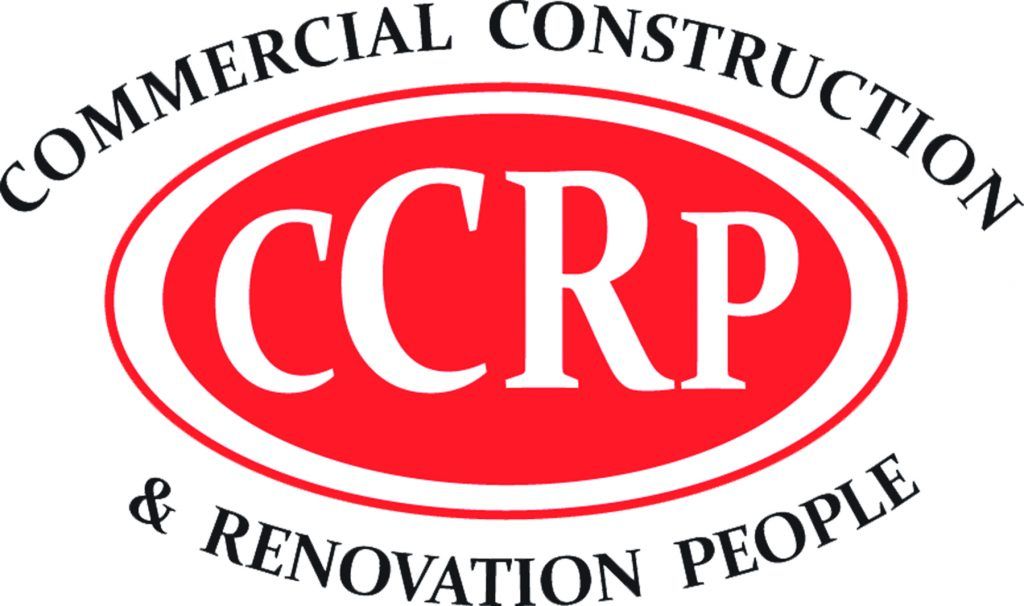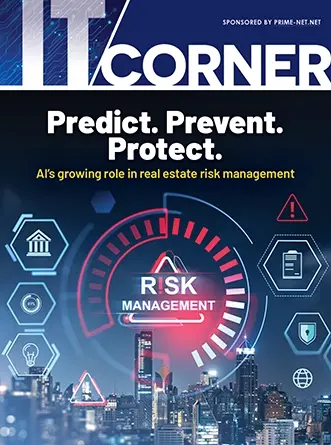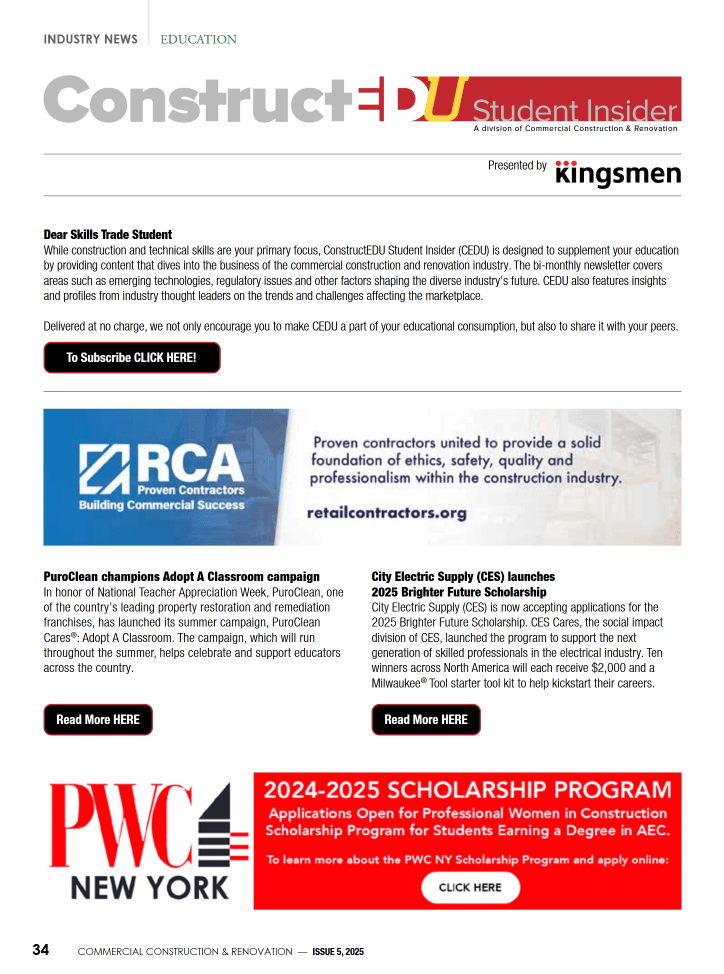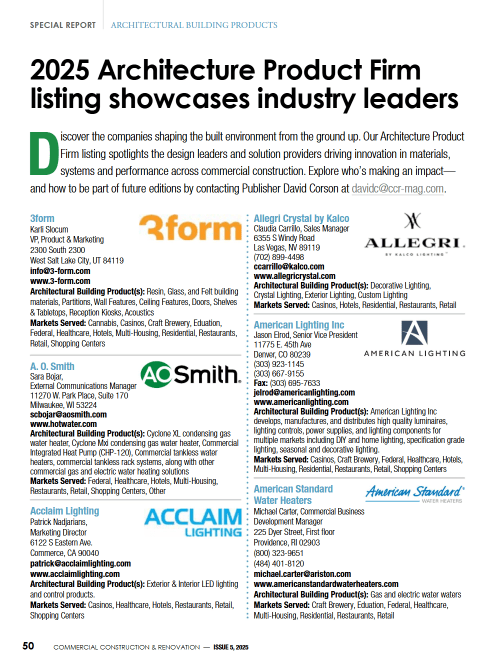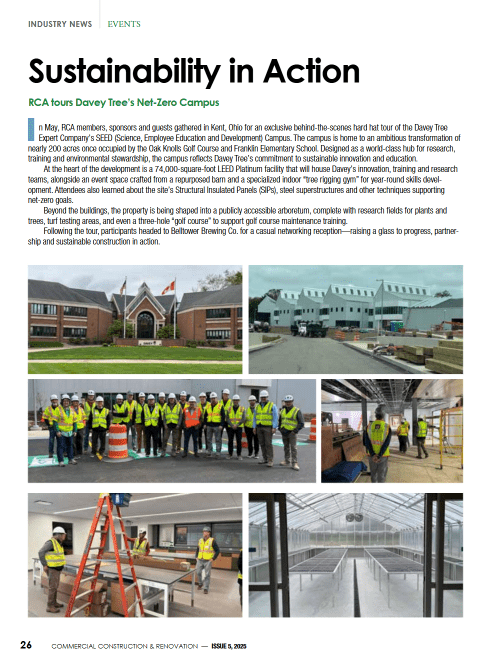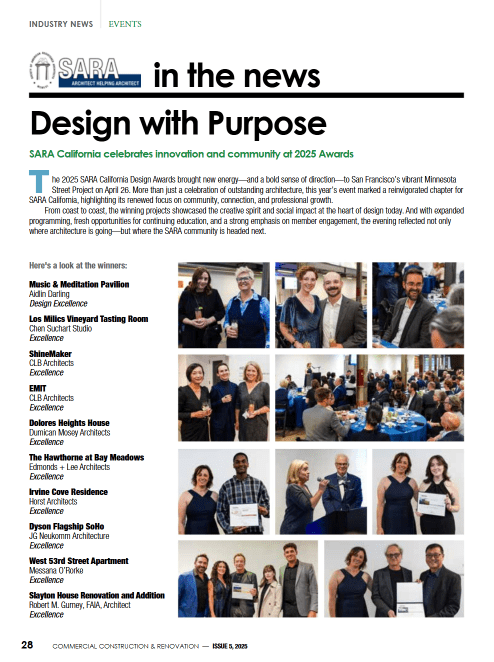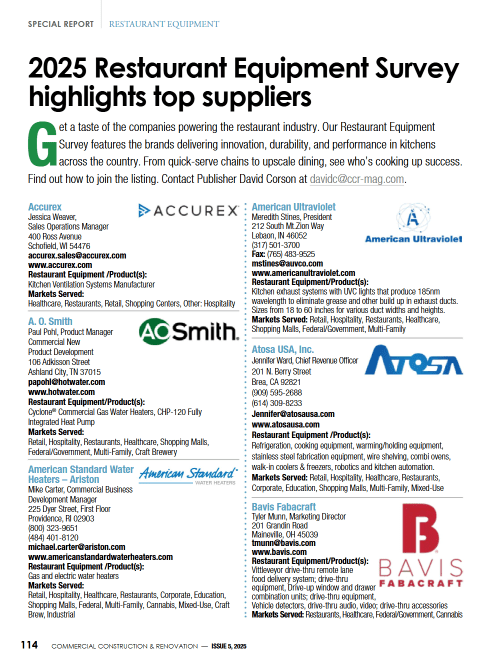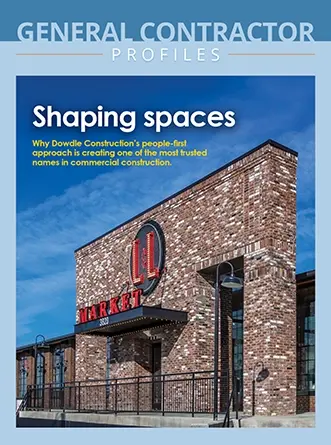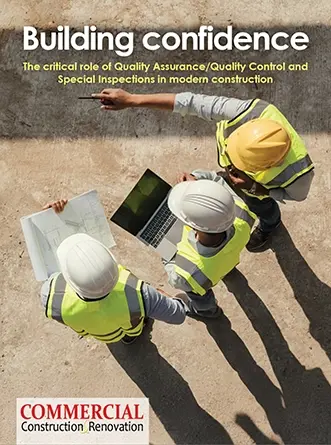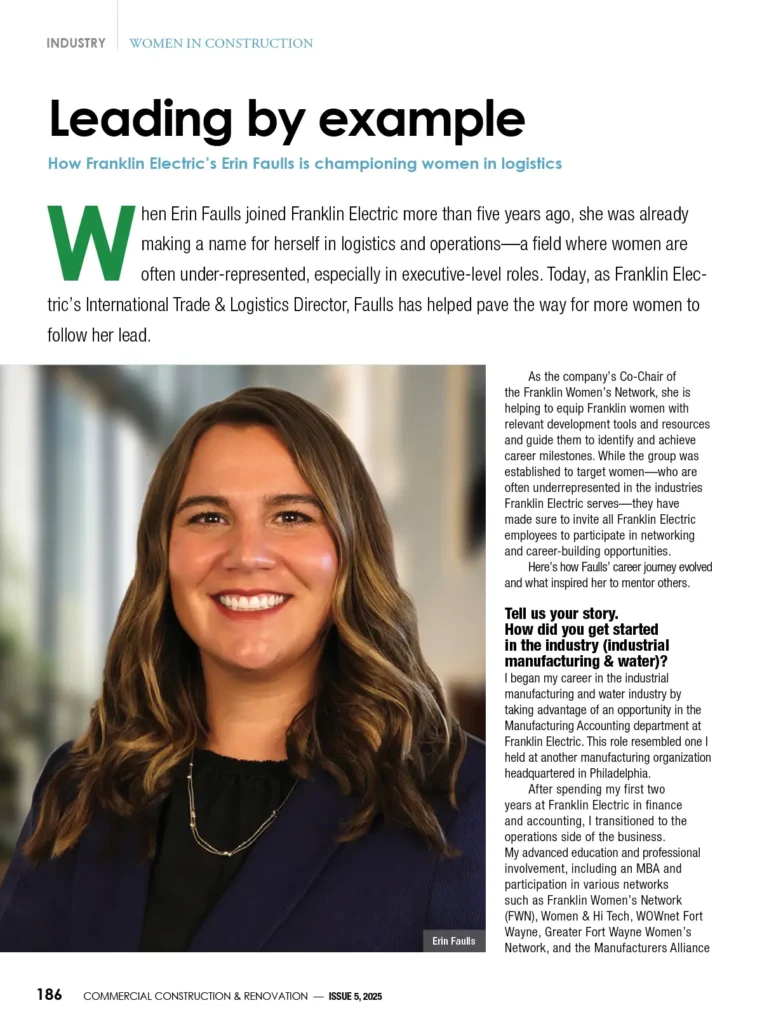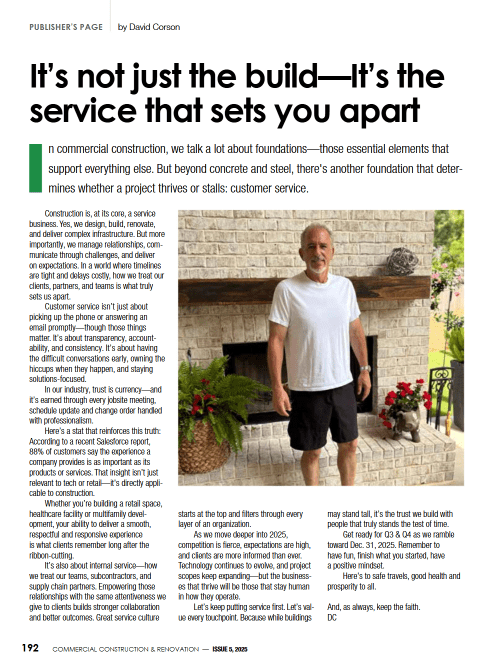The mention of OSHA or the Occupational Safety and Health Administration should ring an all too familiar bell for people acquainted with the construction industry. The organization serves to protect the occupational health hazards of workers employed in different sectors, including the construction sector. With this end in mind, OSHA publishes a yearly account of the ten most common safety guideline violations as they occur in sites where some construction is going on.
Interestingly despite the efforts put into effect by the organization, deviations from the typical set of issues are quite rare. This uniformity in deaths and their causes is especially surprising. The industry is not lacking in awareness and materials regarding guidelines that might serve to protect lives.
As per some estimates, almost a thousand workers lose their lives every year in construction jobs. An additional 3 million more workers get hurt while being on the job also deserve mention. All the better construction companies realize out there realize the high value of the lives of their workers. They would do nothing that might endanger the same. Emphasizing worker safety might mean there is little room to cut corners, but they place greater emphasis on human life.
According to the 2016 OSHA report, the ten most common violations besides ways in which companies and individuals can avoid them are mentioned below:
Protecting Workers From Falls
The first thing a contractor must try to accomplish is to eliminate all possibilities of workers falling from heights. This might necessitate doing most of the necessary work from the safety of solid ground before eventually lifting installing these construction components. Such preparation will lessen the number of people exposed to the risk of a construction site injury resulting from falling from heights. In case that is not entirely possible, controlling the fall hazards assumes great importance. Meetings should be held in preparation for risky work. The workers should be aware of the risks they might face and the equipment they need to use to control their safety levels. Contractors should make it a point to assign only particular workers who have had suitable safety training to places exposed to height-related risks.
Proper Communication About Potential Hazards
Contractors should strive their best to prevent any violations to hazard communications. A contractor can achieve success in risk communications by creating a plan for the same. Also critically important is to monitor the construction site for implementation of the program. In case any dangerous substances are being used in the place, they need to be labeled accordingly. Access to the SDS or the safety data sheets needs to be open and free. It is crucial to make the workers aware of the due procedures to follow if there are any exposures.
Scaffolds
A critical part of the success of safety precautions and the preparatory meetings we talked about earlier requires detailed planning. And as such, contractors must make it a point to map out all the necessary scaffolding beforehand. After the planning phase, workers should install, use, and maintain or even remove these scaffolds only under the supervision of an adequately trained person. The people working in the platforms need to be authorized to work there and be adequately trained in such activity.
Protection From Respiratory Hazards
Like fall hazards, there is a need for contractors to identify respiratory hazards. A contractor should make this identification in the pre-planning phase itself. If it is not possible to negate the risks, contractors should try to control them. Contractors must have respiratory protection plans recorded in writing, which can be accessed with ease by the workers. Workers are allowed to use respiratory protection only once they have tested fit in a suitable medical test. Further, the protection applied by the workers needs to be rated and their suitability for the purpose recorded.
Tag Out Or Lockout
Preparatory meetings should also account for all the equipment that deals with compressed air, electricity, fire, heat, or anything else that stores energy. Further, the contractor should assess and address the potential risks of these elements. In this context, there is a need to train workers in ensuring that none of the equipment contains any presence of energy by verifying the same. It is helpful to make some of the equipment accessible only by certain suitably trained personnel.
Powered Industrial Trucks
When you are talking about using powered industrial trucks, you cannot do without training. The duly trained personnel who do use these vehicles should be well acquainted with them and the relevant manuals provided by the manufacturer. They must make it a point to use seatbelts and other safety-related measures. The importance of only allowing trained personnel to use such equipment cannot be adequately stressed.
Ladders
There is a straightforward rule of thumb to follow while using ladders- inspect them before each use. Never try to use a ladder for some task that is not built for. We can cite use cases like avoiding leaning step ladders against walls as examples. Please remain aware of where your foot is at all times while using ladders. Another good tip to follow is never to deploy a ladder on uneven terrain.
Machine Guarding
It is conventional and natural for construction workers to be using potentially risky tools like grinders and saws and other types of powered equipment. But while using such tools, it is essential to ensure that the equipment guards remain in their original place. Besides, the people operating such devices should be familiar with the manufacturer’s manual and use it accordingly and for its intended use. If a tool operator has long hair, they should tie back the same. Another great tip is to avoid baggy clothing.
The security and safety of workers should be of paramount importance to all members of the construction industry. Fewer deaths and accidents will go a long way in serving the long-term goals of the industry. To achieve the same, awareness and training is essential. Communication and documentation of safety issues are a matter of absolute necessity for construction companies and contractors.
With the right precautions, the right equipment, and the correct supervision, it is possible to prevent and reduce deaths and injuries caused by the nature of the occupation!







